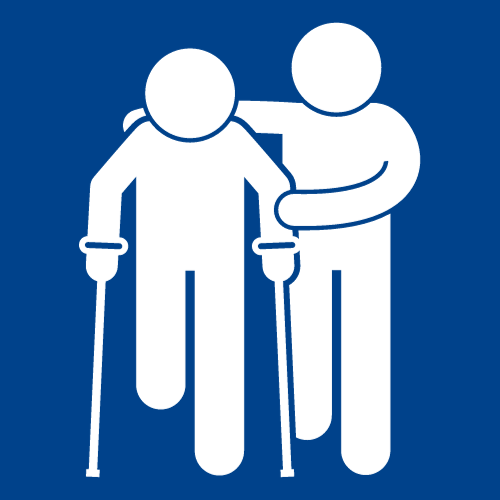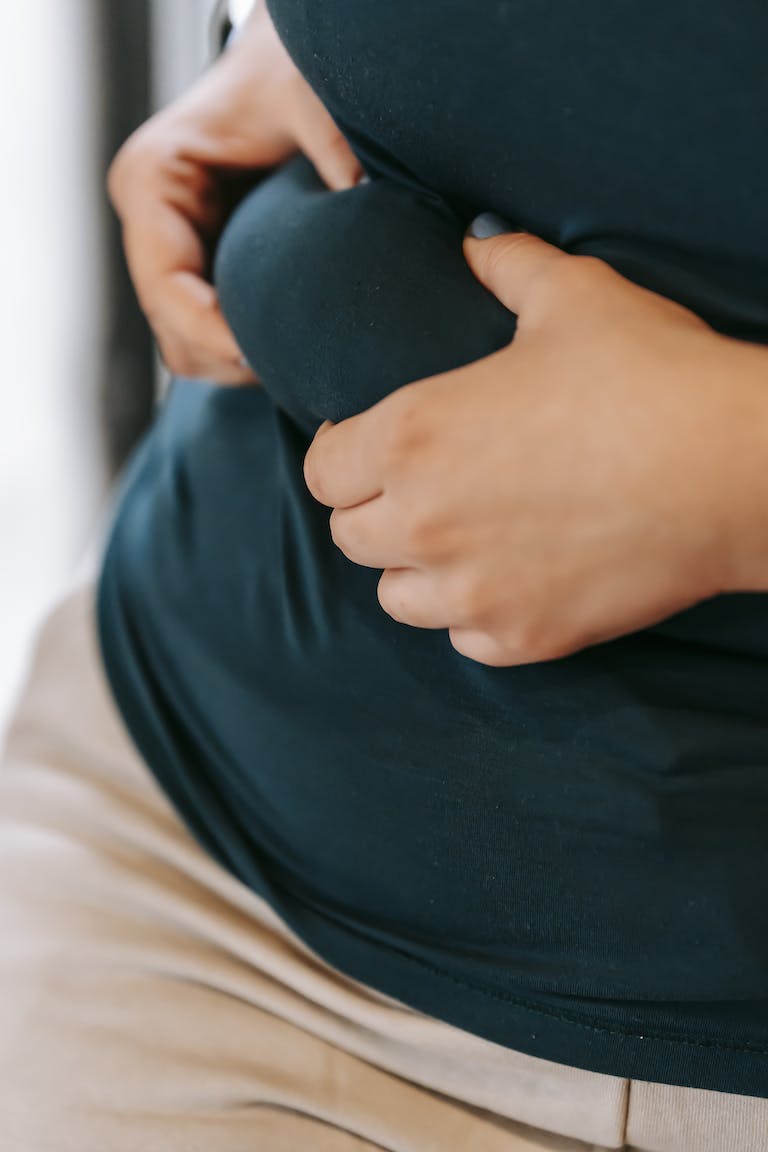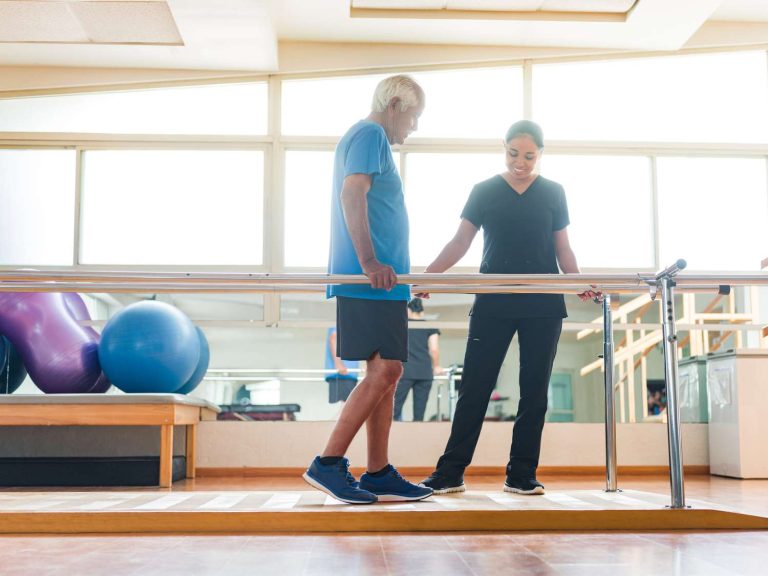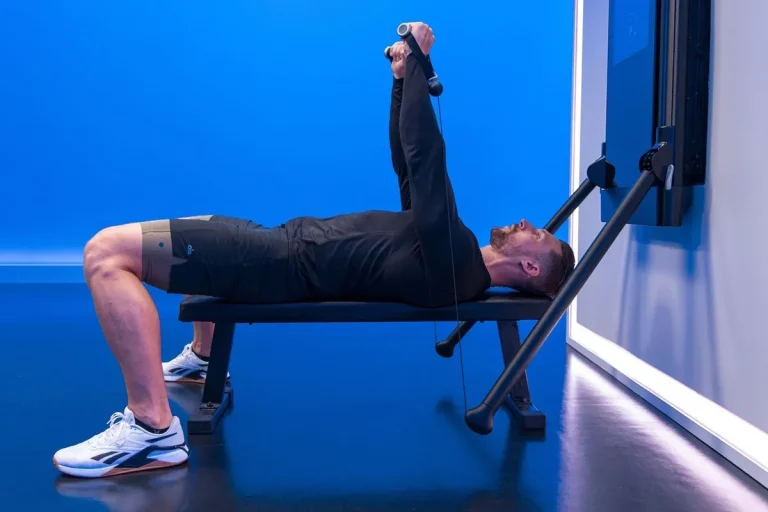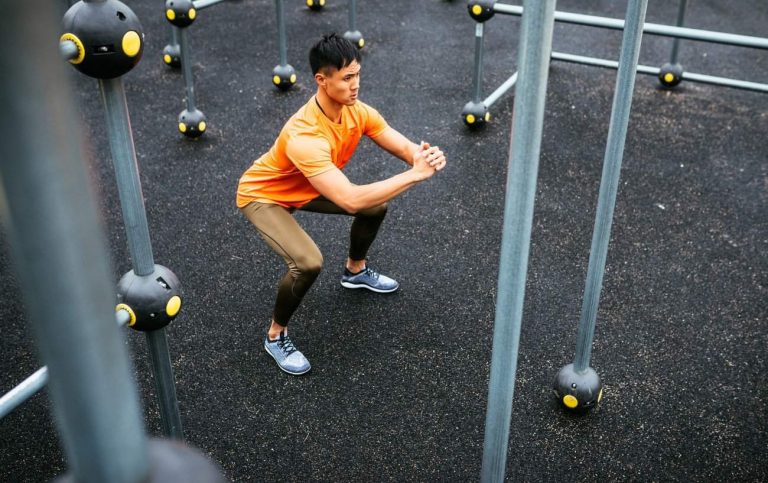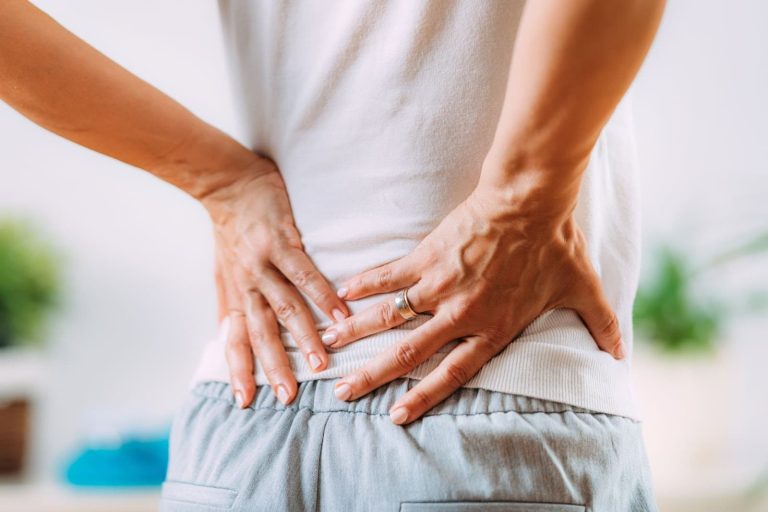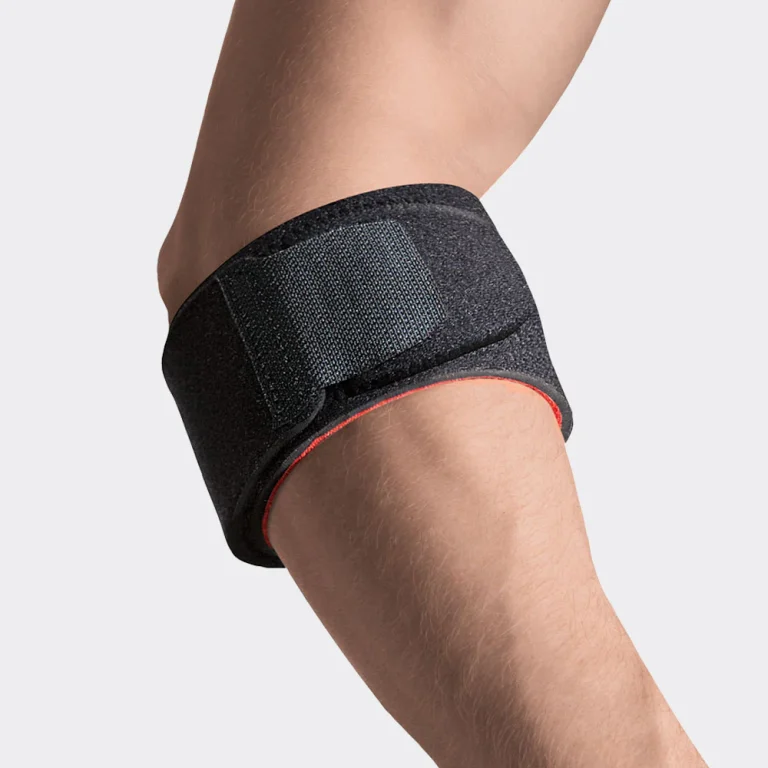Are you one of the odd balls that have pain in the upper/mid back? Just kidding! This part of the spine is known as the thoracic spine.
Anatomy of the Thoracic Spine
The thoracic spine consists of the 12 vertebra in the mid back that attach to the ribs. This section of the spine is more stable than the other spinal regions due to its attachment with the rib cage which serves to protect the vital internal organs.
Because the thoracic spine is much more stable and moves less than the other regions of the spine it is thought to be less prone to injury than the other regions of the spine.
That doesn’t mean that you can’t have pain in your upper or midback, but it is much less common than in the other areas. Still, people with pain in this area make it to my office on a fairly regular basis.
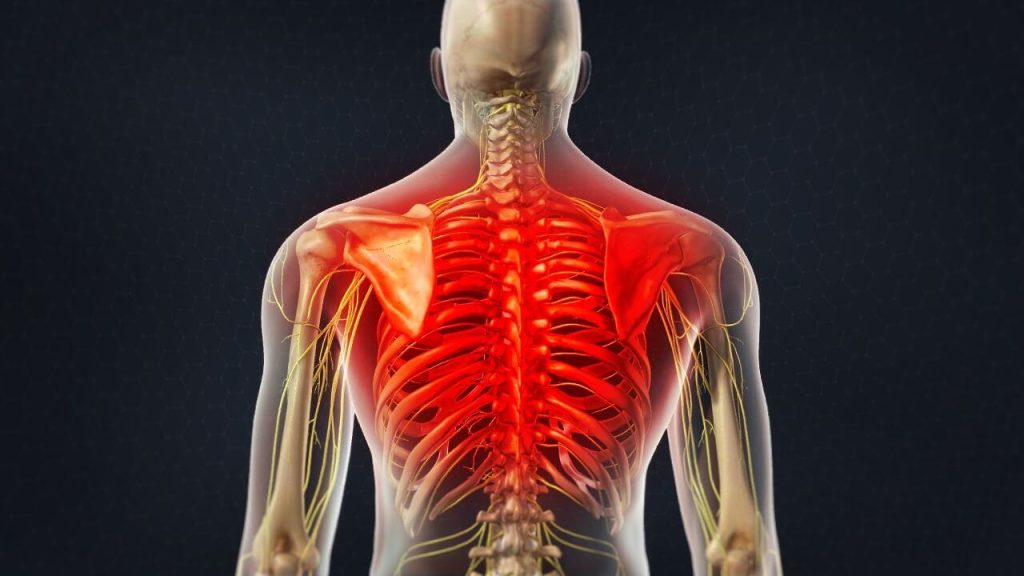
Thoracic Pain Symptoms
Pain from the thoracic spine can be felt in the mid/upper back, or if the nerves are involved, it can cause radiating symptoms around the rib cage to the chest area.
The pain will often be made worse with:
- Bending
- Sitting
- Standing
- Walking
- Twisting
- Coughing
- Sneezing
- Deep breaths
Typically this pain can be relieved by lying down and/or frequent changes in position.
Causes of Thoracic Pain
Most pain in this area is mechanical in origin. This indicates that abnormal stresses placed on the spinal column’s various moving parts are the cause of it.
These structures may include:
- Ligaments
- Tendons
- Muscles
- Intervertebral discs
- Vertebral bodies
- Facet joints
- Nerves
If any of these structures are damaged mechanical pain can be felt when normal stresses are applied to them as well.
The most common abnormal stress that we place on the thoracic spine by far occurs from:
- Prolonged slouched sitting
- Working frequently in flexed postures
This is not to say that trauma from falls, car accidents, etc. can’t cause these types of problems, but our normal work and leisure habits are responsible for the vast majority of these disorders.
When to Seek Medical Care
If you have upper/mid back pain that is severe and occurred due to:
- A traumatic event
- A trivial event if you are older and have osteoporosis
you should immediately seek medical evaluation to rule out a spinal fracture.
If you are having:
- Fever
- Sweats
- Severe night pain
- Chest pain
- Shortness of breath
associated with your upper or midback pain, you should also immediately seek medical evaluation to make sure your pain is in fact mechanical in origin and not caused by more serious problems.
Self-Treatment
If your pain occurred for no apparent reason or from a trivial incident that did not place enough forces on your back to be considered traumatic chances are it is mechanical in origin, and therefore should get relief from the following advice.
If you are uneasy about attempting these mechanical therapy maneuvers by all means seek evaluation from a therapist trained in MDT.
Posture Correction
As I stated previously these mechanical spine disorders are most often caused by poor sitting posture and frequent bending. Therefore, the first step in getting relief is reducing the abnormal stress you are placing on this area of your spine.
You can accomplish this by:
- Sitting with your back more upright or in a neutral posture supported with a back rest and a lumbar support pillow.
- Reducing (preferably eliminating) the amount of spinal bending you are doing by using your legs and squatting to pick up objects from the floor
- If working in a standing position avoid leaning forward.
If one does not avoid what is aggravating if not causing their problem, then no form of treatment will provide more than a temporary relief. So this step is very important.
Thoracic Extension
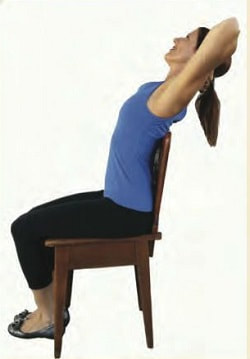
Extension procedures are by far the most frequently effective techniques that alleviate upper and midback pain. If you consider that slouched sitting and frequent bending are the most common causes, then the logical solution is to move in the opposite direction. The opposite direction is extension, and there are several ways to accomplish this.
When performing these self-mobilizing techniques you should:
- Move slowly
- Pay attention to your pain
The pain should:
- Become more localized or centralized to the spine
- Reduce in intensity after performing around 10 reps or so of these maneuvers
If you find one of these procedures helpful, you should:
- Perform it often
- Gradually go further into the position (usually every 2 hours until the pain has subsided)
If the pain is too severe or spreads further away from the spine you may need to try a different technique or a different direction.
Thoracic Rotation
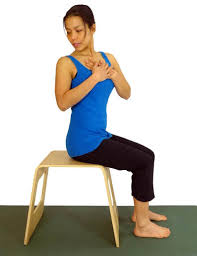
If the pain is felt more to one side and not relieved with extension this maneuver may be helpful. Rotate in one direction only (I usually move towards the side that is painful first) slowly move into the limit of your motion about 10 times.
If you find this procedure decreases pain and perhaps pain moves more to the middle of the back, you should perform it often and gradually go further into the position (usually every 2 hours until the pain has subsided).
If this does not help or makes you worse, try going into the opposite direction.
If either of these directions fails to provide relief stop and seek advice from a MDT therapist.
If you find one of these directions has lessened and moved the pain more centrally, you should go back and attempt the extension self-mobilization procedures again.
When should I seek help from an MDT-trained therapist?
If after trying any of these maneuvers for 2-3 days and you are no different seek an evaluation form a therapist trained in MDT.
The MDT-trained therapist has the expertise to quickly and accurately diagnose your mechanical pain syndrome and find the most effective and efficient management.
It may be a matter of:
- Adjusting your exercise technique
- Exercise position
- Exercise dosage
You may require:
- A force alternative
- Force progression such as a spinal mobilization or spinal manipulation technique that the MDT therapist is trained to perform
You may need more advice and education on the many caveats of posture correction, to help you avoid the frequent abnormal stresses we often unknowingly place on the spine.
Maintaining Relief
If you found these procedures helpful keep performing them several times daily until the pain has subsided. Once the pain has stopped and you are feeling normal, you can reduce the frequency of the procedures to just 1-2 times daily or as needed.
However, you must continue to correct the posture if you want to prevent this problem from re occurring.
I hope this helped you relieve this relatively rare but painful problem. Remember to always keep moving and keep it central!
